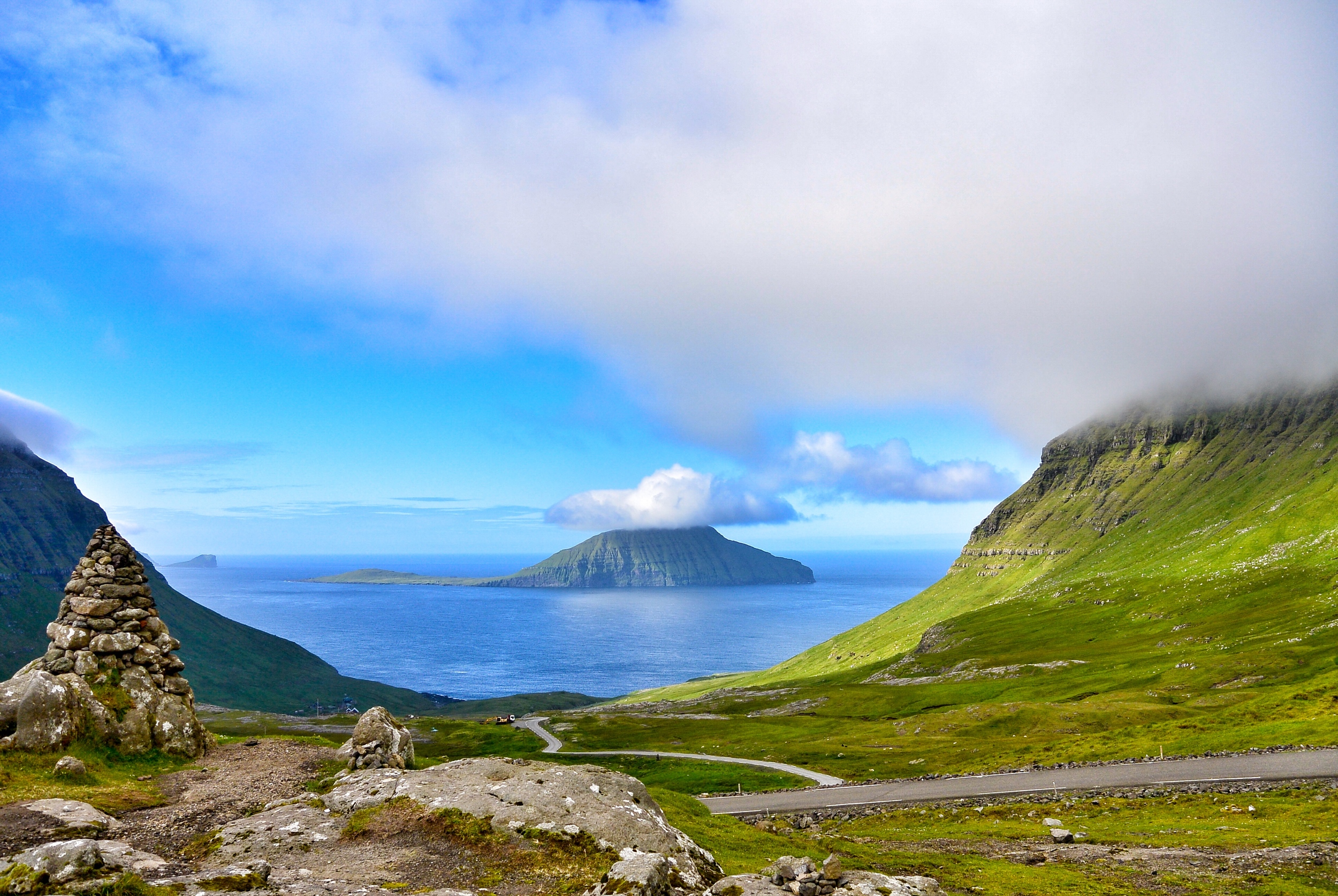The Faroe Islands in 20 Inspiring Photos
Remaining one of the last wild frontiers, the Faroe Islands are largely undiscovered and untarnished by mass tourism.
Located in the North Atlantic Ocean halfway between Scotland and Norway, this volcanic eighteen island archipelago is home to some of the most incredible natural scenery I have ever seen. Lush green valleys, steep rocky coastline, countless tall waterfalls, thousands of breeding seabirds, the Faroe Islands are a rare northern paradise.
Despite their remote location, getting to the Faroe Islands is not as difficult as you may think. Atlantic Airways provides regular flight service from northern Europe and local Faroese ferry company Smyril Line offers sailings to the islands. So you've got no reason not to go!
Here are 20 photos to inspire you to visit the Faroe Islands!
This is Funningur, a tiny village (population: 70) said to be the first place in the Faroe Islands to be reached by the Vikings.
A view of the Faroe Islands from the sea.
One of the highlights of visiting the Faroe Islands in the summer is having the chance to see nesting puffins on the steep island cliffs. Don't forget to bring a good zoom lens!
The Faroe Islands have a very temperate climate, and therefore the landscape is lush and green. Tall waterfalls are abundant.
Faroese waffles, or Vaflur, are a traditional snack best enjoyed with homemade jam and whipped cream!
Breathtaking, unspoiled, natural, green oasis - this is what the Faroe Islands are all about.
I went to the Faroe Islands for the very first time and this little village remains one of my favorite places. This is Gjógv, a quaint and quiet community on the island of Eysturoy and a great starting point to go puffin spotting in the summer months. Not to be missed!
In many places you'll still find houses with a turf roof, the traditional building style.
Tórshavn is one of the world's smallest capital cities, although it's home to over a third of the whole Faroese population. The town is named after the Norse god of war, Thor, and was established here around 900 AD.
Rough, patterned cliffs on the island of Eysturoy - the perfect location for bird watchers to catch a glimpse of nesting puffins, diving skuas, and gliding fulmars.
The eighteen islands of the Faroe Islands contain 1,289 kilometers of coastline and a proximity of no more than five kilometers to the ocean from any point on the islands.
The name of the islands comes from an Old Norse word for sheep, fær, thus translating the name as "the islands of the sheep". In the Faroe Islands, sheep outnumber people three to one so keep an eye out for them when driving.
The NY Times calls the Faroe Islands "a sort of spectacular Nordic version of Hawaii", and with these landscapes it's easy to see the similarities with the tropical islands. Jurassic Park, anyone?
Brightly colored Nordic houses line the coastline on the island of Streymoy.
Fast-moving clouds roll over the earthy landscape to reveal a mountainous valley on the island of Streymoy. The weather is constantly changing here so pack lots of layers, even in the summer.
Can you spot the puffins? I had the chance to see these comical birds nesting on the cliffs near the village of Gjógv. They come to the Faroe Islands to breed for a few weeks in the summer months before returning out to sea, where they spend the majority of their lives.
Just off the coast of the island of Eysturoy, are two rock columns rising out of the ocean. These rocks are named "Risin og Kellingin" or "The Giant and the Witch", and there is an old Faroese legend surrounding them that goes a little something like this:
Once upon a time, a huge witch and giant were sent to the Faroe Islands from Iceland to bring the islands back with them. One night, they tried to pull the islands, but realized that the Faroes were much heavier than they had originally anticipated. They were both so focused on their efforts that they lost track of time, and immediately turned to stone as the sun rose the next morning, remaining here as stone stacks ever since.
A view of the village Funningur and the island Kalsoy in the distance.
Waterfalls splash down from the tops of mountains on all eighteen islands.

